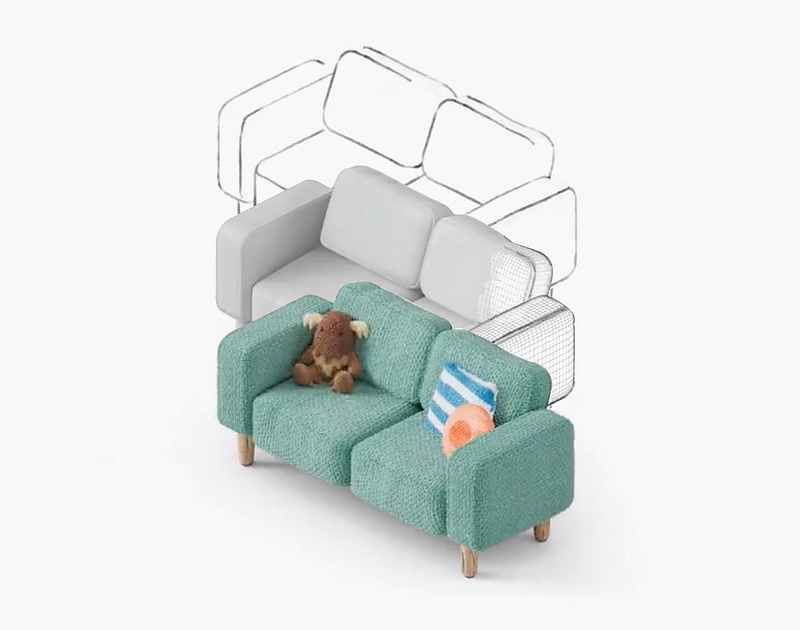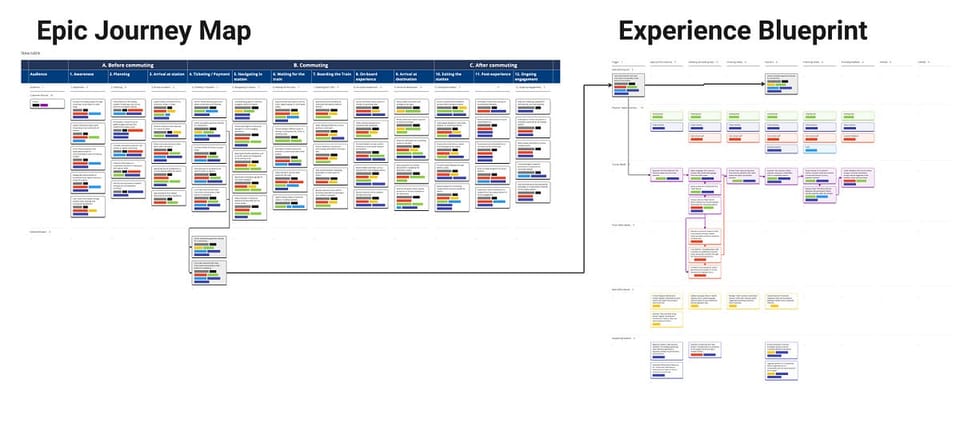6 learnings as a UX Chapter Lead in a world leading airlines
Someone once said to me that working in the airlines was “magical”. I couldn’t agree more. But what made it stupendous was the opportunity…

Someone once said to me that working in the airlines was “magical”. I couldn’t agree more. But what made it stupendous was the opportunity to build a whole new design team in one of the most recognized brands. Stuff that I couldn’t dream of. And after 3.5 years, the team grew from 6 designers in 2018 to more than 25 designers by the end of 2021. What was the “magic” behind this? Reflecting on those moments of my previous chapter, I wanted to drop my learnings as SIA’s first UX Chapter Lead somewhere as a time capsule post, and my wish is to share them with any designer thinking of setting up a team, and with fellow design leaders as a collective mindshare.
Here’s a few of my learnings:
- Anyone has the potential to lead. I wasn’t a chief of anything, nor bear any title of significance. Among those who were asked to lead the UX practice, I deemed myself as the least qualified and least experienced. Nevertheless, when I received a response, “Since you had leadership in mind, you might as well lead, starting now”, I decided to take the first step.
- Strong leadership comes from the top, and bottom. I was fortunate to have senior leaders who gave me enough room to experiment, since creating a chapter was a very new model to all of us. Originating from Spotify, a chapter consists of a group of subject matter experts that grows in knowledge and capabilities. And so, there were also T-shaped leaders among the team who were strong in mindset and expertise. They were, to me, essential and dear.
- Go with the “flow.” There was no playbook given. Even with articles on chapters, we had to start from scratch. Somehow, things fell into place as the chapter fumbled into motion. Little by little, ideas were shared, venues were identified, and topics were captured in chapter backlogs. In one session, we were talking about business design in an empty gallery of the SIA training centre. In another, we had an agile UX sharing in a co-working place. Eventually, the team achieved a “flow” state as we get into the natural rhythm of chapter meetings.
- Designing the team using design methods. We often apply the design process on products. In my case, it was applying it on the team. From observations, to contextual inquiries, to brainstorming, to running trials, every chapter activity was an opportunity to apply design thinking.
- Having fun is not everything UX. We were pretty serious when it came to UX. As time went on, we realised we could turn any subject into a design conversation. A topic about Beers. Motorbikes. Star Wars. Babies. Cats. Soon, the design of everyday things appear before our eyes at every occasion.
- Being vulnerable is perfectly human. Designers go through empathy, emotions and isolation (designers tend to be outliers). So we were also susceptible to its effect. Having a listening ear in 1–1 is critical, and human at the same time. There were difficult life matters, and tough decisions made at work. Supporting the team was a call of duty, but having a support system behind me was equally important. I have to remind myself that I was equally vulnerable too.
Curious to hear your thoughts and ideas!



